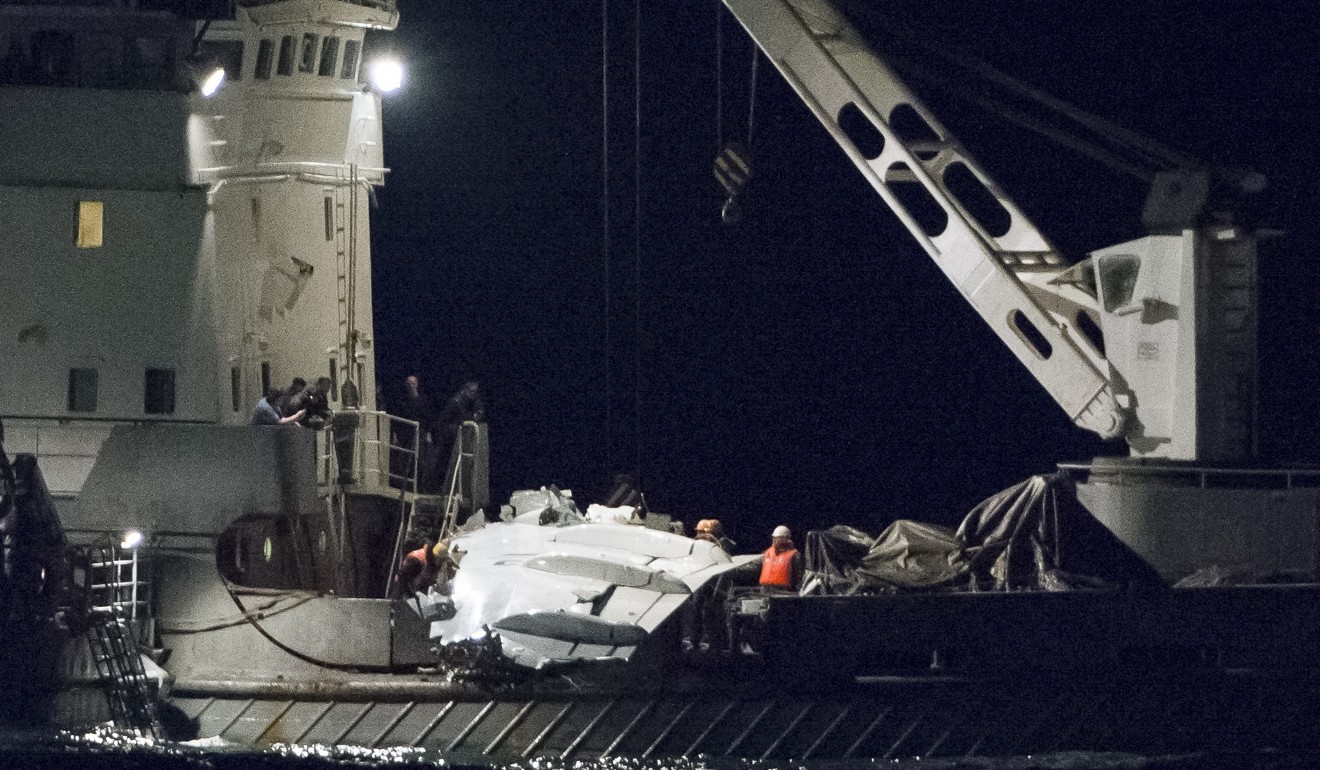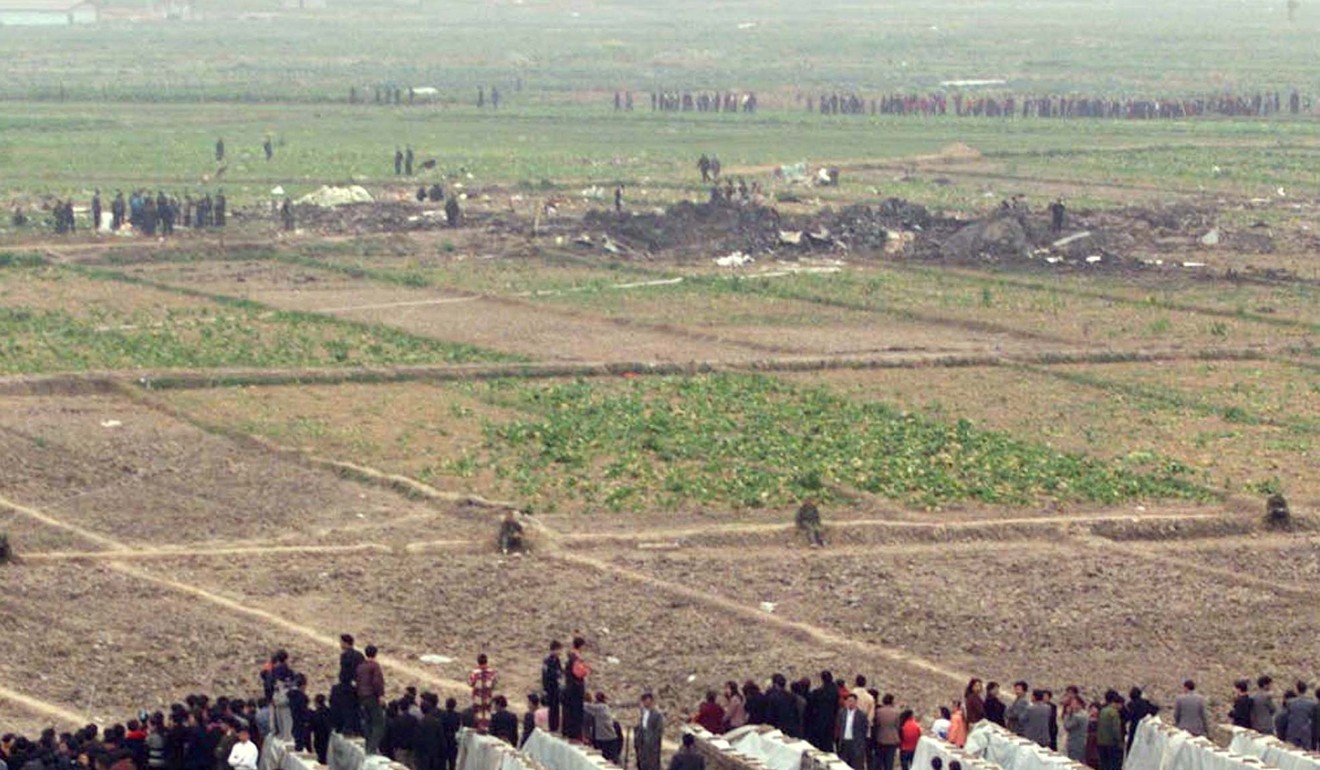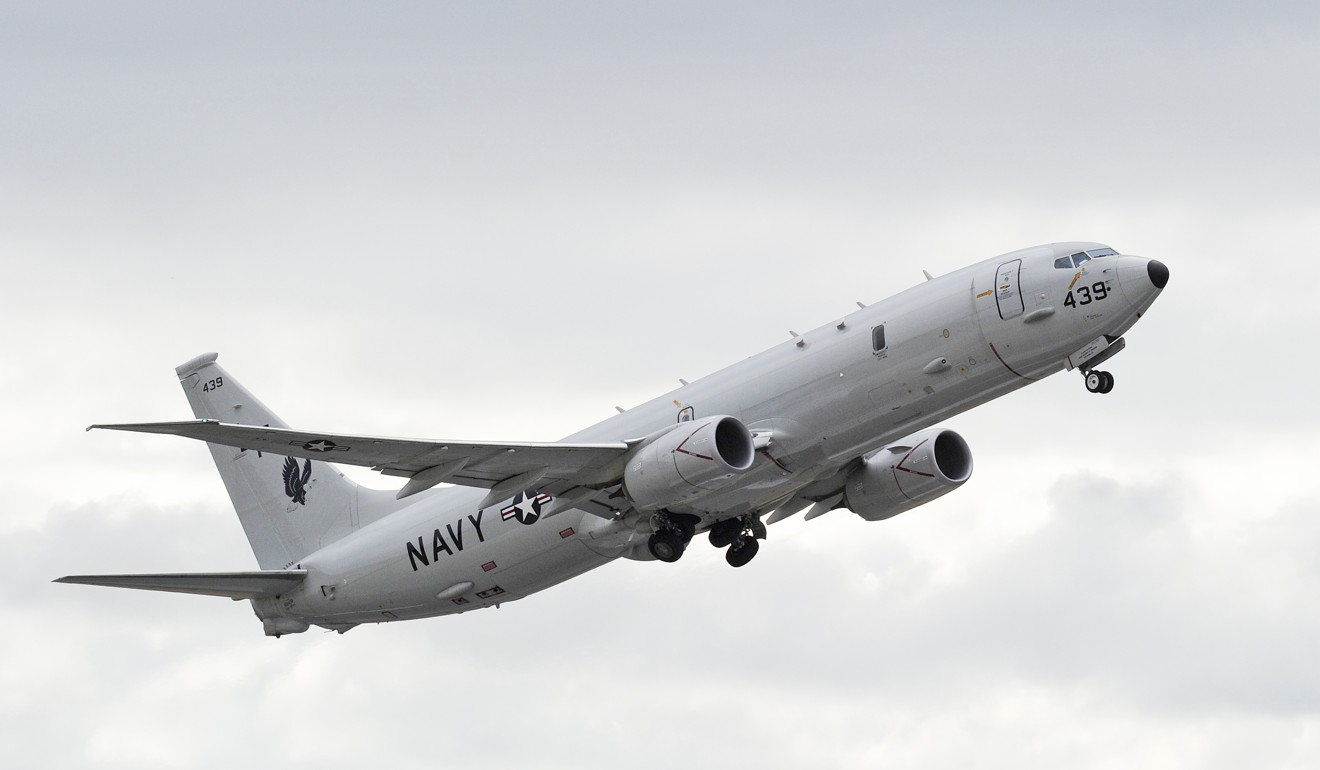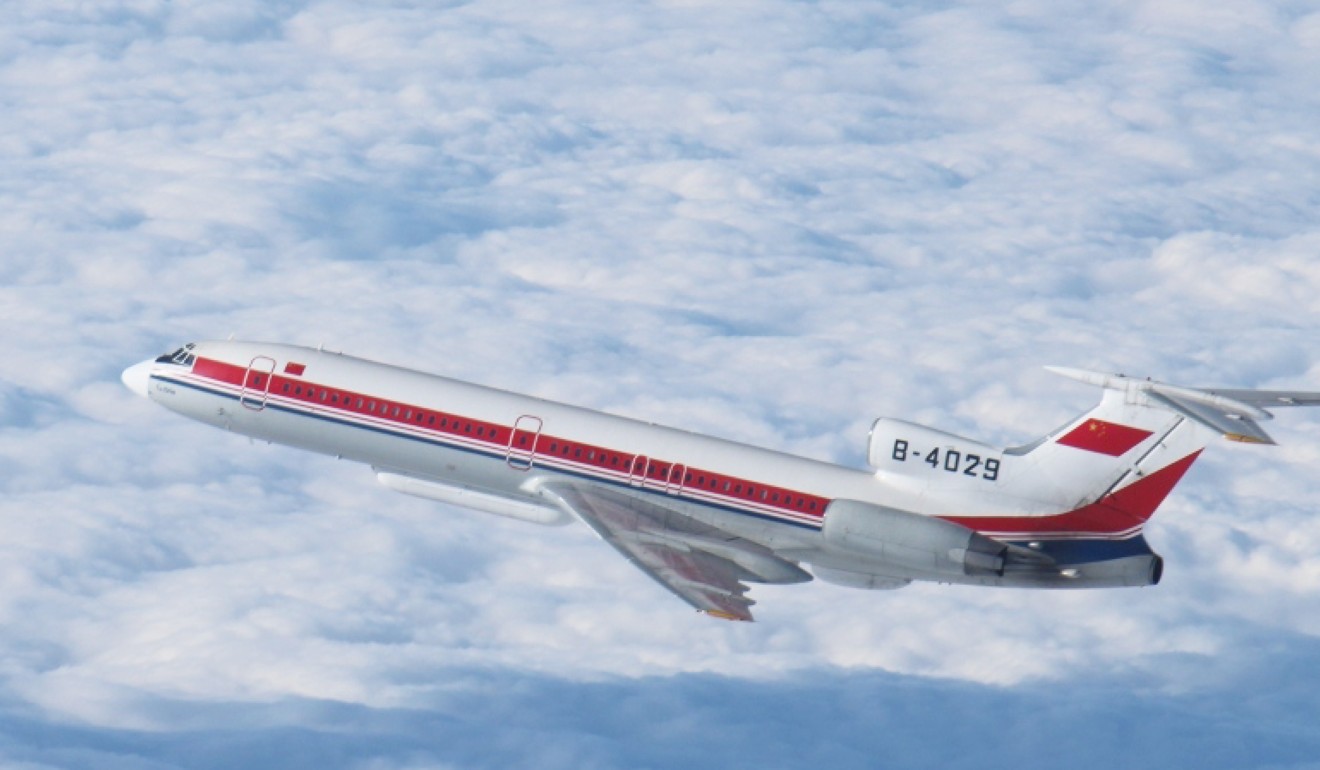
How an ageing Russian passenger jet became a key part of China’s military intelligence gathering
Tupolev’s Tu-154M has been plagued by fatal accidents over its four decades of operation, but a modified version still plays a vital role in the PLA’s operations
Earlier this month the People’s Liberation Army air force released a photo of the Tu-154M/D, a reconnaissance aircraft that was a modified version of a notorious Russian airliner, the Tupolev Tu-154M.
It said the aircraft had been taking part in long-distance drills exploring “routes and areas it has never flown before”.
However, for aviation enthusiasts the photograph may evoke vivid memories of the Tu-154M aircraft, which has been plagued by frequent crashes and accidents that have claimed more than 2,000 lives over the past decade.
Last December, Russia grounded all its remaining Tu-154Ms after a military plane crashed soon after take-off from Sochi on the Black Sea. All 92 people on board were killed, included 64 members of the Alexandrov Ensemble, the Russian military choir.

The Tu-154M was once the key civilian passenger plane on mainland China during the early stages of the drive to open up to the rest of the world that started in the 1980s.
However, the planes were involved in two serious crashes – one in 1994 and another in 1999 – that killed 224 people in total.
The incidents pushed the aviation authorities to phase out their use and from October 31 2002 the Russian airliner was completely withdrawn from service.
But despite its history of accidents, the PLA’s air force has continued to use the planes – which were designed in the 1960s – as its main reconnaissance aircraft.
This newspaper spoke to military experts about why this was the case.
Why does the PLA air force still use the Tu-154 aircraft
Given Russia’s challenging climate, Tupolev designed the medium-range planes to take off and land in all kinds of extreme weather.
The PLA air force has installed various home-grown electronic devices on their planes, including a Synthetic Aperture Radar (SAR), a technology which is also used on the United States navy’s P-8 Poseidon reconnaissance aircraft.
At the time China bought the planes – in the late 1980s and 1990s – the planes were far cheaper than their Western equivalents – the Airbus A320 and Boeing 737 – which at US$40 million were five times the price.
Because the PLA’s budget had seen significant cuts at the time, the cheaper Tu-154 was its only option.
“Even now, the Tu-154M/D is still the main military spy jet for the PLA, because the air force knows the aircraft so well,” Beijing-based military affairs commentator Zhou Chenming said.
“They are old partners.”
When the Tu-154 was pulled out from civil aviation industry in 2002, the air force received more than 100 fuselages which it used in a variety of intelligence-gathering roles
What caused the fatal Tu-154M crashes in China?
There are some problematic features with the plane’s design. The three-engine Tu-154M is not only a gas guzzler, but its narrow body is also uncomfortable for passengers.
Its anhedral wing design gives it poor lateral stability compared with its Western counterparts.
However, investigation reports released by the Commercial Aircraft Corporation of China and aviation authorities found the main causes of the two fatal crashes on mainland China were human error.
In the 1994 accident, investigators concluded that ground crew workers had connected the wrong plugs, causing the aircraft to crash in Xianyang in Shaanxi province.

The accident killed 160 people, including three Hongkongers, the highest number of air fatalities in mainland China since the establishment of the People’s Republic in 1949.
The second crash, which happened in Wenzhou in Zhejiang province in 1999, had a very similar cause. Maintenance workers had installed an elevator stick in the wrong place. The crash claimed another 64 lives.
Compared with the civil aviation industry, the PLA air force had a much stricter maintenance system – which it further strengthened after the two fatal crashes.
Its pilots are also better trained to cope with critical operations and are often more experienced.
Why adapt a commercial airliner for military purposes?
The bulk of the military aircraft used for reconnaissance missions are modified versions of civilian planes that are harder for hostile forces to detect.
That is the reason why the US Navy developed its P-8 Poseidon from the Boeing 737.
Military intelligence gathering requires many personnel so the space available on passenger jets provides an ideal working environment.
However, China has yet to develop fully its own commercial jets.
The 78-seat ARJ-21 jet and the 168-seat C919 jet that developed by Commercial Aircraft Corporation of China (Comac) all depended heavily on foreign suppliers, with engines and avionics being imported from the US.

An arms embargo imposed after the 1989 Tiananmen Square massacre meant that Airbus or Boeing planes could not be refitted for military purposes.
Moreover, China cannot use Western aircraft for military purposes because of the risk to its own security, the Beijing-based military expert Zhou Chenming said.
The PLA has tried to adapt home-grown military transportation aircraft, such as Yuan-8 and Yuan-9, to make new electronic intelligence planes.
But Macau-based military expert Antony Wong Dong said none of them could fully replace the Tu-154.
“The roles of the Tu-154M/D and Yuan-8 and Yuan-9 reconnaissance aircraft are complementary, because the PLA doesn’t have as many choices as their US counterparts,” Wong said.
How can you distinguish the PLA air force’s Tu-154M/D spy planes?
The PLA air force’s Tu-154M/D’s can be distinguished by a large “canoe” fairing under the forward fuselage, which is believed to contain the SAR.
The SAR can produce radar-based images of objects including vehicles, installations, ships and aircraft – in daytime or at night under all weathers.

Wong said the PLA had collected a map of military bases on the Korean Peninsula, Japan and Taiwan after sending the Tu-154M/D to take part in the recent “island encirclement” near Taiwan and on regular air patrols in the East China Sea.

